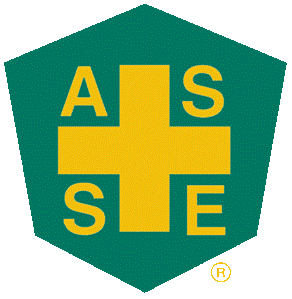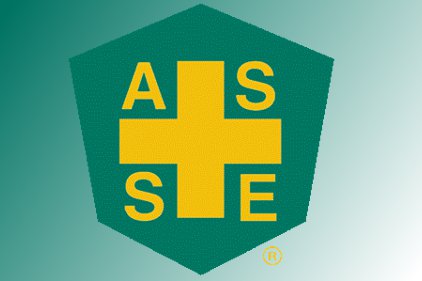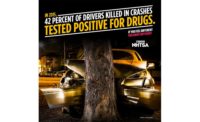 The American Society of Safety Engineers (ASSE) is backing the National Transportation Safety Board’s (NTSB) effort to encourage states to reduce the legal standard of driver impairment due to alcohol consumption, as measured by blood-alcohol content (BAC), from 0.08% to 0.05%.
The American Society of Safety Engineers (ASSE) is backing the National Transportation Safety Board’s (NTSB) effort to encourage states to reduce the legal standard of driver impairment due to alcohol consumption, as measured by blood-alcohol content (BAC), from 0.08% to 0.05%.
“ASSE’s interest in seeing that the legal standard for driver impairment is lowered arises from our members’ interest in doing whatever is reasonably possible to make driving safer,” wrote ASSE President Patricia M. Ennis, CSP, ARM, in a letter to Acting NTSB Chairman Christopher Hart.
“Year after year more workers die on our nation’s highways than any other kind of workplace, as the NTSB fully understands. On the release of NTSB’s 2013 Safety Report, Reaching Zero: Actions to Eliminate Alcohol-Impaired Driving, the members of our Transportation Practice Specialty took it upon themselves to develop a position paper supporting NTSB’s call.”
Ennis said the associaton’s 36,000+ members work with employers to manage the risks that come with highway construction.
“But they need the appropriate support of government and law enforcement to reduce the chance that, despite their best efforts, a worker will be the victim of the alcohol-impaired driving of another driver. “
Ennis said that a lower BAC, increased education, in-vehicle devices and other measures addressed in Reaching Zero will help significantly.
“We know the task of achieving a 0.05 BAC across the country will be long and challenging. We encourage you to include ASSE if there are opportunities to work together with the NTSB and its partners in helping advance this effort. The members of our Transportation Practice Specialty in particular are eager to work to support the adoption of this measure.”
Ennis added: “NTSB’s work in helping manage the risks Americans face in transportation is very close to the work our members do manage risks in our nation’s workplaces.”
Click here for more information.
Founded shortly after the Triangle Shirtwaist Factory fire in 1911, ASSE is the oldest and largest professional society for safety and health professionals. The association has 150 chapters across the globe and twenty practice specialties.



